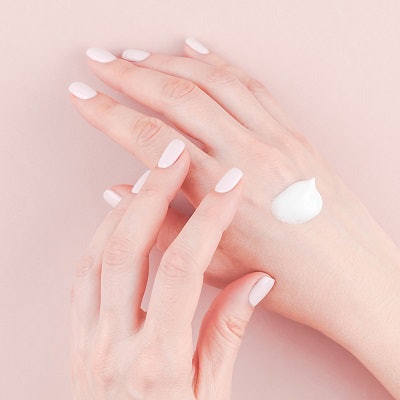
It's OK for patients scheduled for radiation therapy to apply topical treatments such as skin cream in moderation before their procedures, according to a study published October 16 in JAMA Oncology. That's good news for the many patients who want to use skin cream to counter skin rashes or burns caused by radiation treatments.
One side effect of radiation therapy can be radiation dermatitis to areas of the skin crossed by the radiation beam. There are both over-the-counter and prescription skin treatments to give patients relief, but some of these products, such as silver sulfadiazine cream, contain heavy metals. As a result, clinicians for years have told patients to avoid skin creams before their procedures.
However, that advice may be outdated, according to researchers from Perelman School of Medicine at the University of Pennsylvania. They performed a study that analyzed how often patients were being told to avoid skin creams and also whether the advice was still warranted.
A group led by Dr. Brian Baumann distributed a survey to find out what percentage of providers were still advising their patients to avoid topical agents just before radiation treatments, as well as how many patients reported that they received that advice. In all, 91% of the 105 doctors and nurses who responded said they regularly tell patients not to use skin cream before their radiation treatments. With respect to patients, 83% of 133 respondents said they received the advice from their healthcare providers.
In the second phase of the study, the researchers wanted to measure whether skin creams really increased radiation dose to the skin. They based their measurements on optically stimulated luminescent dosimeters (OSLDs), which are commonly used to measure surface dose that is absorbed with each dose of radiation.
They simulated the use of skin cream with three squares of paper:
- One with nothing on it
- One with a layer of Aquaphor, an over-the-counter petroleum-based ointment
- One with silver sulfadiazine cream, a prescription-based cream
The squares were placed in the path of a radiation beam, and absorbed radiation dose was measured with the dosimeters. The experiment was also repeated by varying the degrees of thickness of the Aquaphor and silver sulfadiazine cream.
Baumann and colleagues found that there was no increase in absorbed radiation dose at the surface if a moderately thick layer of cream was applied. There was some increase with a very thick layer of the topical agent, leading them to advise that skin creams prior to radiation therapy procedures are OK if used in moderation.
"Based on the results of this study, the use of topical agents just before radiation therapy can be safely liberalized, which may improve quality of life for patients undergoing radiation therapy, but very thick applications of topical agents just before radiation therapy should still be avoided," Baumann said.



















